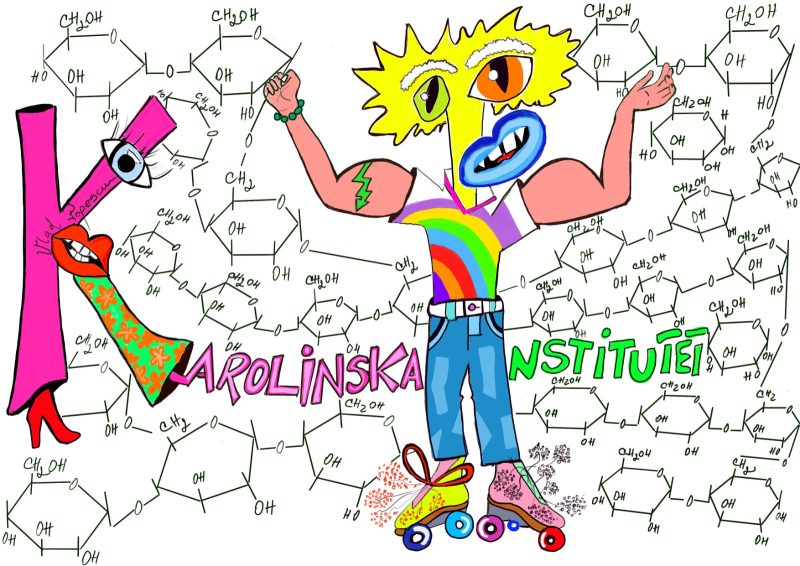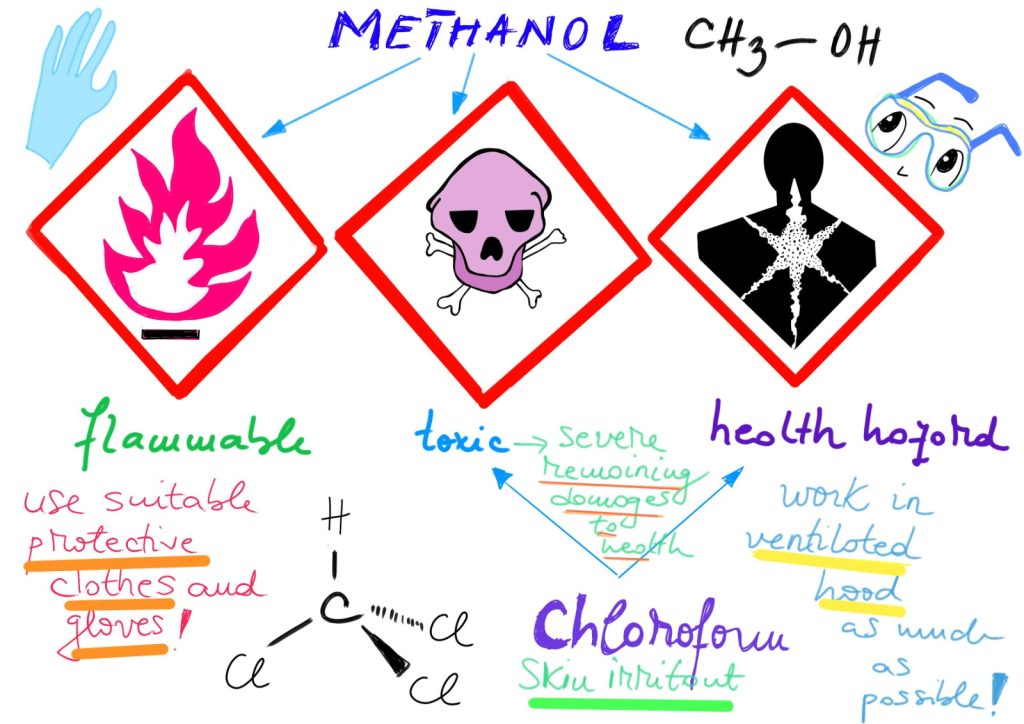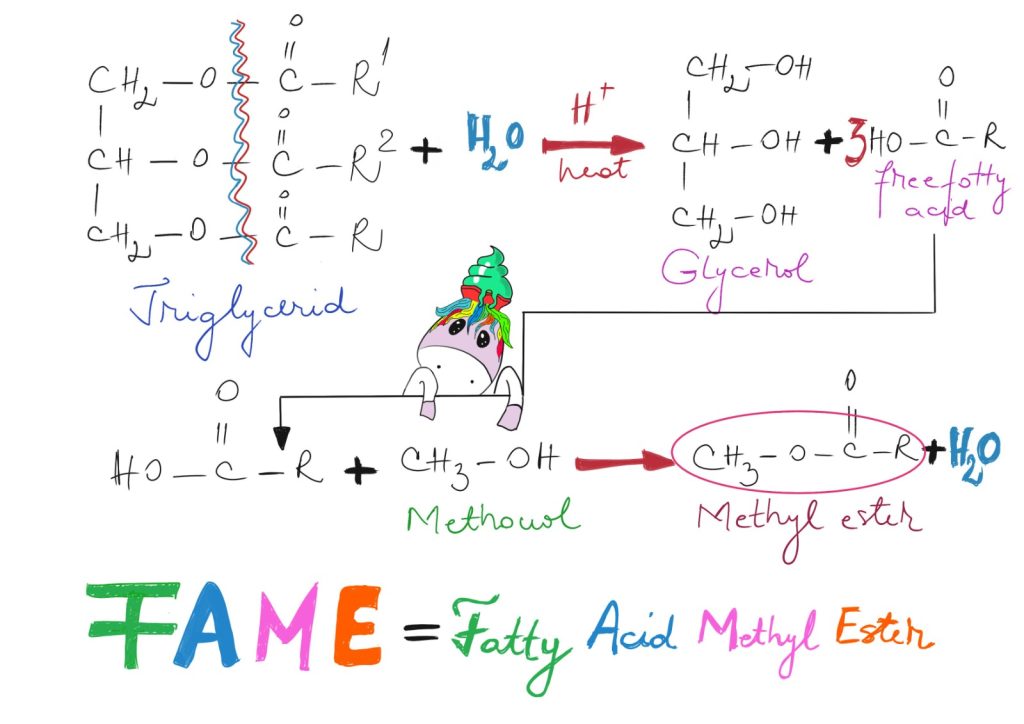
A Deep Dive into Biochemistry
Biochemistry was the fourth course I took during my first year at KI and … let me just say … it was definitely one of a kind! I can’t wait to tell you everything about it!
So, let’s get started!
1. What are my favorite topics covered in this course?
- The Electron Transport Chain ⚡
- Citric Acid Cycle and Oxidative Phosphorylation ⚗️
- The metabolic pathway of glycolysis ?
- How dietary protein is broken down into amino acids during digestion ?
- Nitrogen homeostasis (intake + secretion; the urea cycle) ?
- Breakdown and fate of triacylglycerols (TAGs)
- The carnitine shuttle system and beta-oxidation of fatty acids in the mitochondrial matrix ?
- Differences between fatty acid synthesis and degradation ?
- The role of ketone bodies during starvation (ketogenesis + ketolysis) ?
- The effects of oxidative stress ?
- Glycogen synthesis and degradation (alongside its allosteric and hormonal regulation) ?
- The importance of the HMP-shunt in the production of NADPH, pentoses, and ribose 5-phosphate?
- The function, structure, and synthesis of bile acids, plasma lipoprotein particles, and cholesterol ?
- Key pathway components of steroidogenesis, the primary causes of congenital disorders, and the development of cancer therapies ?
2. Lipid Lab Experiment
I absolutely loved this lab! We basically had to analyze our OWN blood ?and see what our “lipid profile” looks like. For this experiment, we had to work in pairs and I was delighted to do so! I mean, even though my name is Vlad and I am your Romanian vampire blogger ?, I’m still pretty scared of needles and blood ? and so I had to rely on my lab partner for this task ?
Anyway, let’s get back to the topic. The first step was to isolate serum from blood. While waiting for blood to coagulate, the lab teacher gave us a thorough briefing on how to perform the experiment as accurately as possible. After centrifuging the sample, the serum could be successfully extracted and so the next step was to purify the lipids from the serum by Folch method. Methanol and chloroform are some dangerous substances so make sure you know the risks associated with exposure to these substances, the personal protective equipment required to work with them, as well as the storage and disposal procedure. As a matter of fact, for each lab practical, before stepping inside the lab, you must pass a quiz and complete a chemical hazard risk assessment form!

Later on, in order to separate neutral lipids from phospholipids, silica gel chromatography has been performed. Following the hydrolysis of ester linkages, the transesterification of free fatty acids with methanol had the purpose of generating fatty acid methyl esters.

Last but not least, we were supposed to identify these fatty acid methyl esters using gas chromatography. I had a lot of fun while matching the retention times of test with reference as my peaks were a little disobedient!
3. The macrocosm of labs
Apart from the lipid lab, there are 2 other lab practicals ?: the insulin lab and the protein purification and characterization lab ?.
I don’t want to reveal too much as I don’t intend to spoil all the surprises ?, but you will unquestionably gain a lot of hands-on experience while delving into IMAC chromatography, size exclusion chromatography, spectrophotometry, Michaelis-Menten kinetics, gel electrophoresis, ion-exchange chromatography, and so on.
Moreover, are you curious to find out if you might have diabetes? ?️♂️ Then, don’t miss out on the insulin lab! Of course, you will need to go to a hospital eventually in order to validate if you’re in fact diabetic as our experiment might not be so accurate!
4. Concluding remarks
I’m really fond of this course! I feel that I have learned a lot and that now I have a solid background in biochemistry.
It was a bit exhausting as well considering that you will need to pass two intermediate exams (covering everything from carbohydrate and lipid metabolism) in order to be eligible to sit the final examination. Besides, we spent some time working on a group project, studying the molecular mechanisms underlying a specific disease (me and my group focused on the Nonalcoholic Fatty Liver Disease). Also, regarding the assessment of project work, we were expected to deliver an oral presentation following a certain structure.
I hope you enjoyed this blog! If you have any questions or curiosities, do not hesitate to contact me by email! ?
Emoji credits: All emojis are designed by OpenMoji – the open-source emoji and icon project. License: CC BY-SA 4.0; No changes have been made.

Vlad – Biomedicine (BSc)
I'm Vlad, your Romanian blogger who comes from the very homeland of Dracula, Transylvania. While completing my first degree in International Business, I based my undergraduate thesis on the inconsistency of biological analogies in Economics. I began to study the genomes of ants and thus gravitate towards Biomedicine and KI. I chose Karolinska because of its academic and research excellence and because one day I wish to be able to make a difference in the field of Cancer Genetics. Visiting the remarkable collection of preserved medieval manuscripts from the Kungliga Biblioteket is on my bucket list.

0 comments